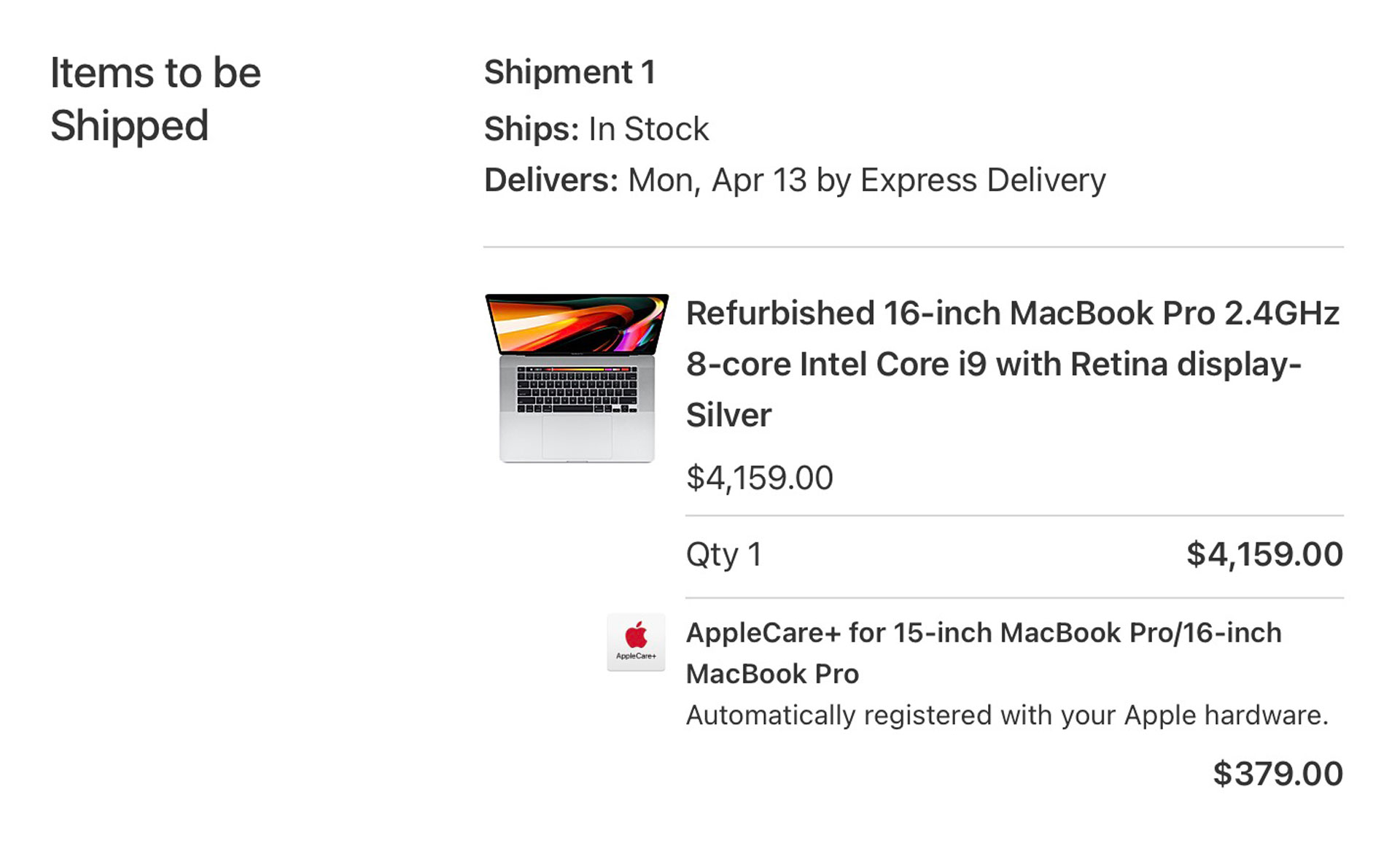At this point, we all know Apple’s new M1-powered Macs are incredibly powerful. Dozens of YouTubes have talked about how fast the M1 machines are for video editing, and hundreds of Geekbench tests have been performed. Despite all of the M1 coverage, I’ve yet to see someone talk about how Apple’s native silicon technology makes creativity more accessible to everyone. I think this is a very important point that will drive an increase in Mac adoption over the coming years. In this post, I’ll share my thoughts about why Apple’s new M1 Macs make creativity more accessible for everyone.
The amount of computing power required for most general computing tasks doesn’t scale up for advanced users. For example, word processing and creating spreadsheets can both be done on any modern entry-level computer regardless of your level of proficiency. Advanced users of Microsoft Excel may need a little more processing power to work on large spreadsheets, but using an entry-level computer for such a task is by no means “make or break”.
The same can’t be said for creative media-related use cases like video editing, music production, and graphic design. The computing power requirements for these use cases scale up dramatically with proficiency. A perfect example of this can be seen in music production, where a beginner GarageBand user – let’s call him Bob – doesn’t have the skills or needs to saturate the resources of an entry-level computer. But what happens if Bob works hard on improving his music production skills, and ultimately decides to go to school to further his craft?
At this point, Bob is no longer a GarageBand user. He’s now a Logic Pro (Apple’s professional-level music production app) user with a ton of plugins that suck up CPU and RAM. To run professional-level software smoothly, he had to ditch his old $1,000 Intel MacBook Air and invest in a $3,000 16" MacBook Pro. That’s a 3x price difference for computing hardware – something that non-creatives (lawyers, marketers, business folks, etc.) typically never have to deal with.
If you’re wondering why a music producer needs a $3,000 MacBook Pro, let me explain. Music production is no longer about going to the studio with a bunch of musicians and hitting record. Some people still do it that way, but most don’t.
Instead, the majority of the instruments on on modern-day records are either synthesized or sampled. Without getting into the details into much – if you hear orchestral strings, it’s probably being played on a keyboard by a single person in their personal studio. Furthermore, there’s a lot of audio routing and effects processing like auto-tuning, equalization, compression, and more. All of this stuff requires computational resources, so it’s important to produce on a high-end computer if you want to stay competitive.
The same can be said for indie cinematographers and video editors. We live in a resolution-obsessed world, and 4K post-production workflows are notoriously computationally heavy. Beginners who are just getting into filmmaking may be fine with shooting and editing on an iPhone in 1080p. However, once you get into the more serious side of film making, it starts to get very expensive, very quickly. From a computer workstation standpoint, it’s common for film students to drop $5,000 or more for a capable system to render 4K video in a timely manner. I personally know quite a few full-time video editors working on $30,000 Mac Pros – not because they want to, but because they have to.
That’s really the main point here. In order to produce content that looks professional, you almost always have to spend a large sum of money on a computer. This is because “pro” tasks like color grading video and producing music with large sample libraries require a lot of computational resources. In the world of Intel processors, the only chips that are capable of these high-end tasks are the expensive ones (Intel chips don’t have great performance per watt metrics) that generate a ton of heat. Thus, computers with these inefficient, expensive, and hot Intel chips need two things – fans to avoid blowing up and a high price point to satisfy profit margins. That’s why the computers that creative professionals tend to buy are so expensive.
Until now…
The release of Apple Silicon changed everything. It’s no longer necessary to spend $3,000 on a MacBook Pro just to be able to do professional-level work. As seen in numerous reviews and benchmarks on the Internet, the $999 M1 MacBook Air equipped with Apple’s proprietary silicon delivers similar or better performance than the current 16" MacBook Pro which starts at $2,399. In my personal testing, I found that my wife’s base MacBook Air was faster at video editing and rendering in Final Cut Pro than my $4,159 16" MacBook Pro.

Imagine my regret looking at this receipt.
This is huge because very few people can afford $2,399 or $4,159 Macbook Pros. Objectively speaking, a $999 MacBook Air isn’t exactly cheap, but it’s an amount of money that many people are willing to pay for a decent computer. From the perspective of creatives, being able to spend 4-5x less money on an equally-performant computer is game-changing and opens up previously high-end work to a lot more people. In the medium to long term, I think the performance per watt characteristics of Apple Silicon Macs will raise the baseline quality of work in all creative industries.
What an exciting time it is for personal computing!